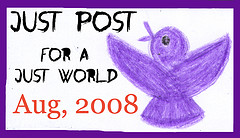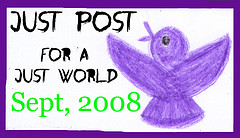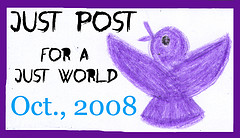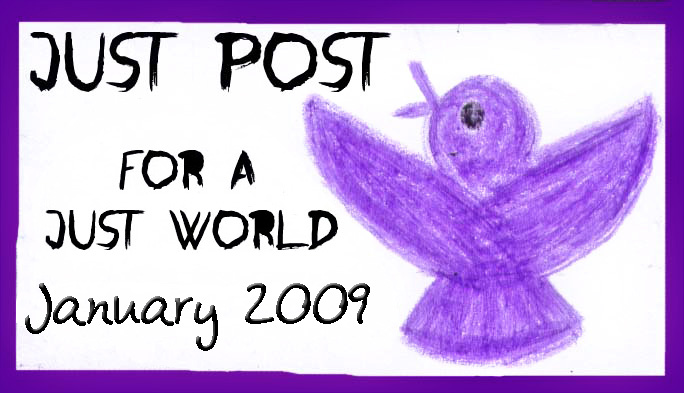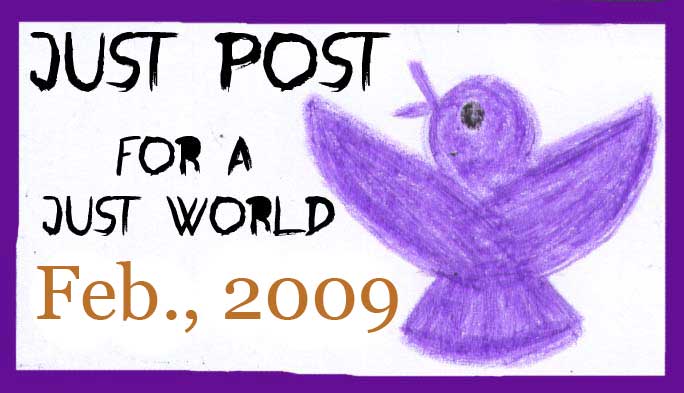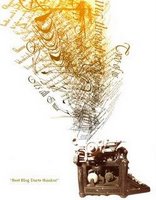No lo hará rico; no me hará pobre.
A month ago, we agreed to buy Will a pair of Crocs. They are *the shoe* at Abeona, loved by kids and teachers for the on-off ease involved. Will’s interest in having a pair of Crocs was not unlike the episode of “The Simpsons” where Bart and Lisa want to go to Splash Mountain — except Will was even more insistent. Our neighbors told us that the Hallmark in Lakeside Mall (out in Metairie) had them at about $25, a few bucks less than the $30 usually charged. So, on the Sunday after St. Patricks, we decided to venture into the suburbs.
It was a mess. We didn’t realize that the day after St. Patrick’s is St. Joseph’s Day — a parade day — and got caught in the Italian-Irish Parade. We ended up hanging out in the Target/Sears Mall, having an awful food court lunch, and generally being miserable that we were in a mall. Getting to Lakeside was out of the question. Nearly everytime we go to the ‘burbs, we ask whether it is really worth it. When we went home, we looked to our local stores for where they may carry Crocs.
We didn’t have to think too hard. Haase Shoe Store, on Oak Street, across the street from our much loved Oak Street Cafe and Miss Norma’s Queen of the Ball Snowballs — would they have them? We stopped in after picking up the kids from school the next day… and YES! They had a wonderful Croc display, we were helped by the owner (the proud recipient of the coveted Golden NuNu), and after a personable visit, left with two pairs (one for Will, one for Paul) and a balloon for Will. The shoes were $30, a few bucks more than out in the ‘burbs. Which made us do some reflecting. What did it mean to spend $10 more? For those few extra dollars, we stayed within our neighborhood, kept money in our local economy, showed support for the small stores that make up so much about what we love in our community, and so much more.
In Lima, there are groups of hard-working entrepreneurial entertainers who hop onto the collectivos that transport busy Limeños around town. They tell jokes (usually incredibly dirty), pass around bags of hard candy (“it’ll cure your diabetes!”), and basically do whatever they can to make their kept audience laugh and earn a few cents. I remember hearing the hard sell once or twice. I always was prepared to give some change. Why? Because they pointed out the obvious: “No me hará rico; no le hará pobre.” Meaning: it won’t make me rich, and it won’t make you poor. Since then, I have used this phrase to put so many things into perspective.
What does it mean to spend a little more in ways that matter? Aren’t there things more important than saving a few cents in a mega-mart? Shouldn’t we look for ways we can invest in our communities, build our local resources, and support the things that really matter?
Living in New Orleans has made it easy for us to be better, live more closely to our principles. Spending a little more where it counts the most… no los hará ricos; no nos hará pobres. It won’t make them rich, it won’t make us poor.

